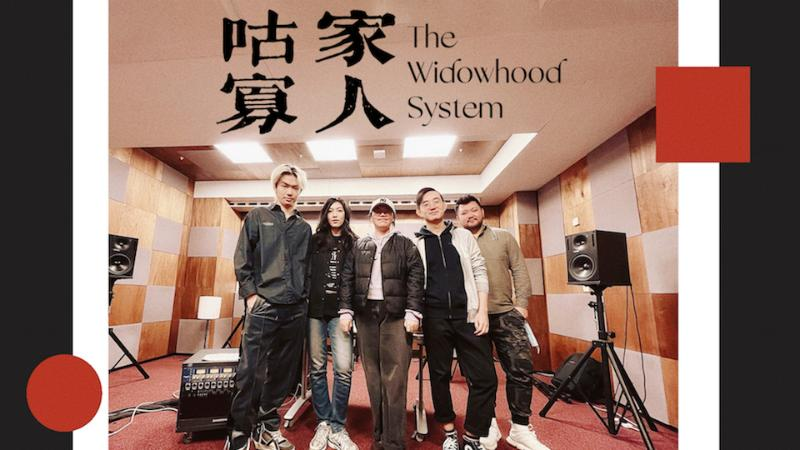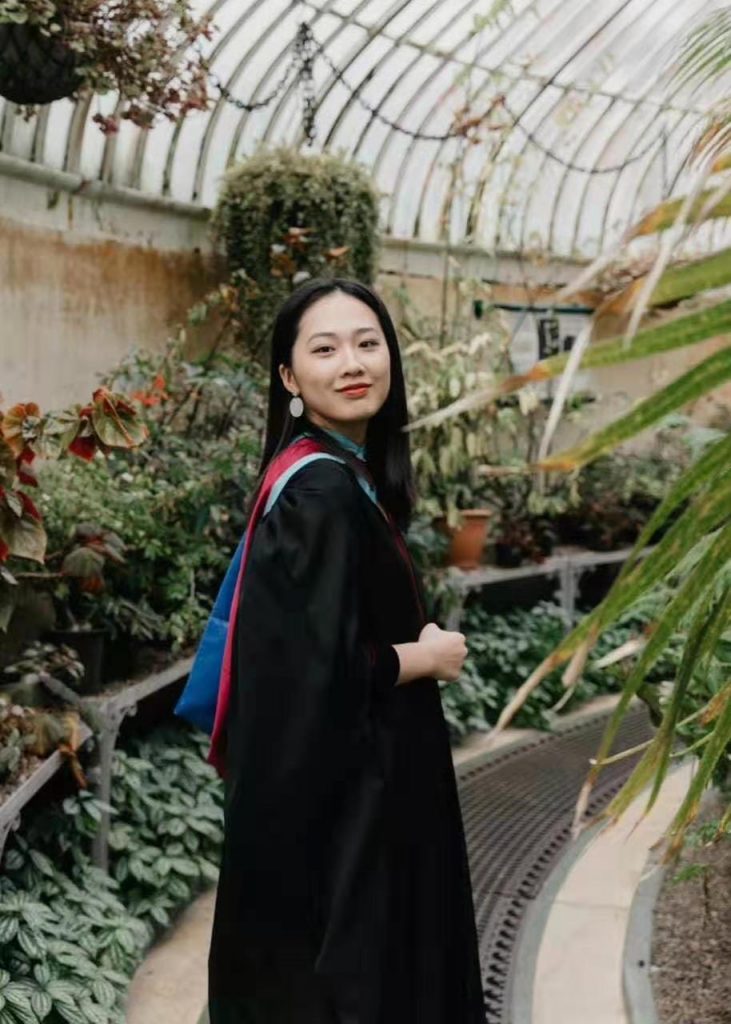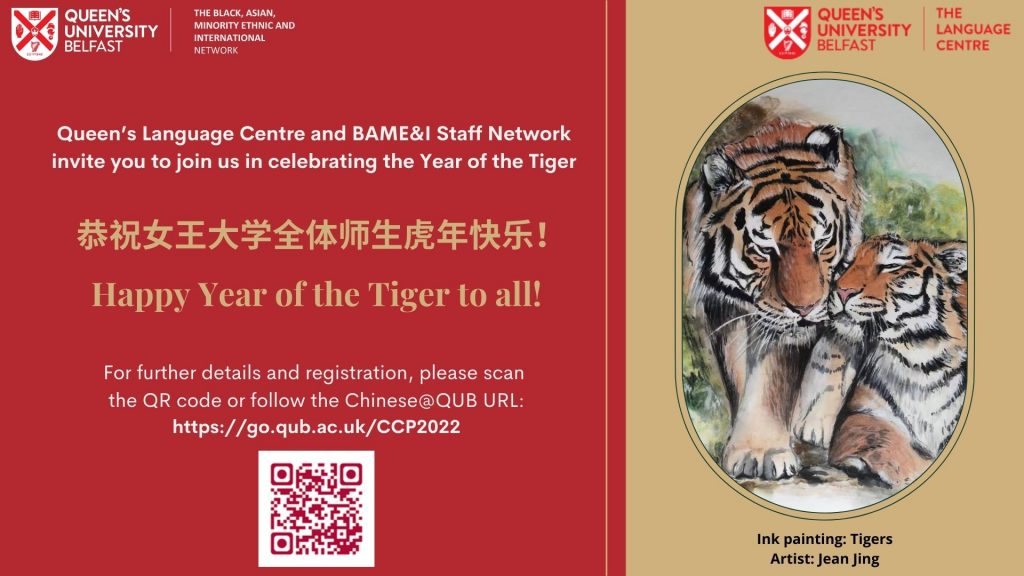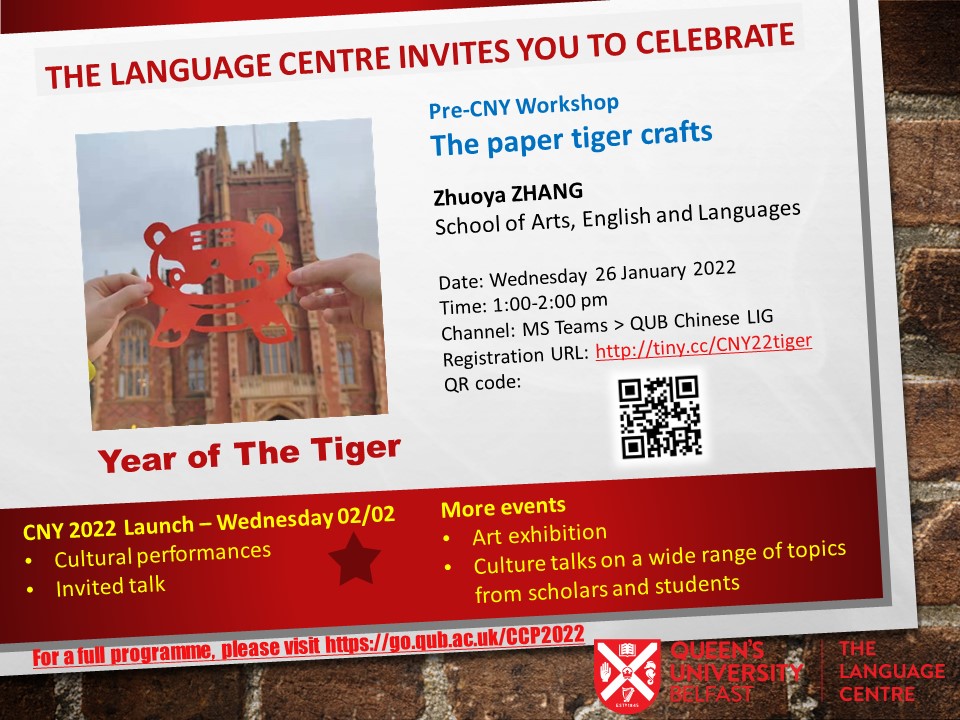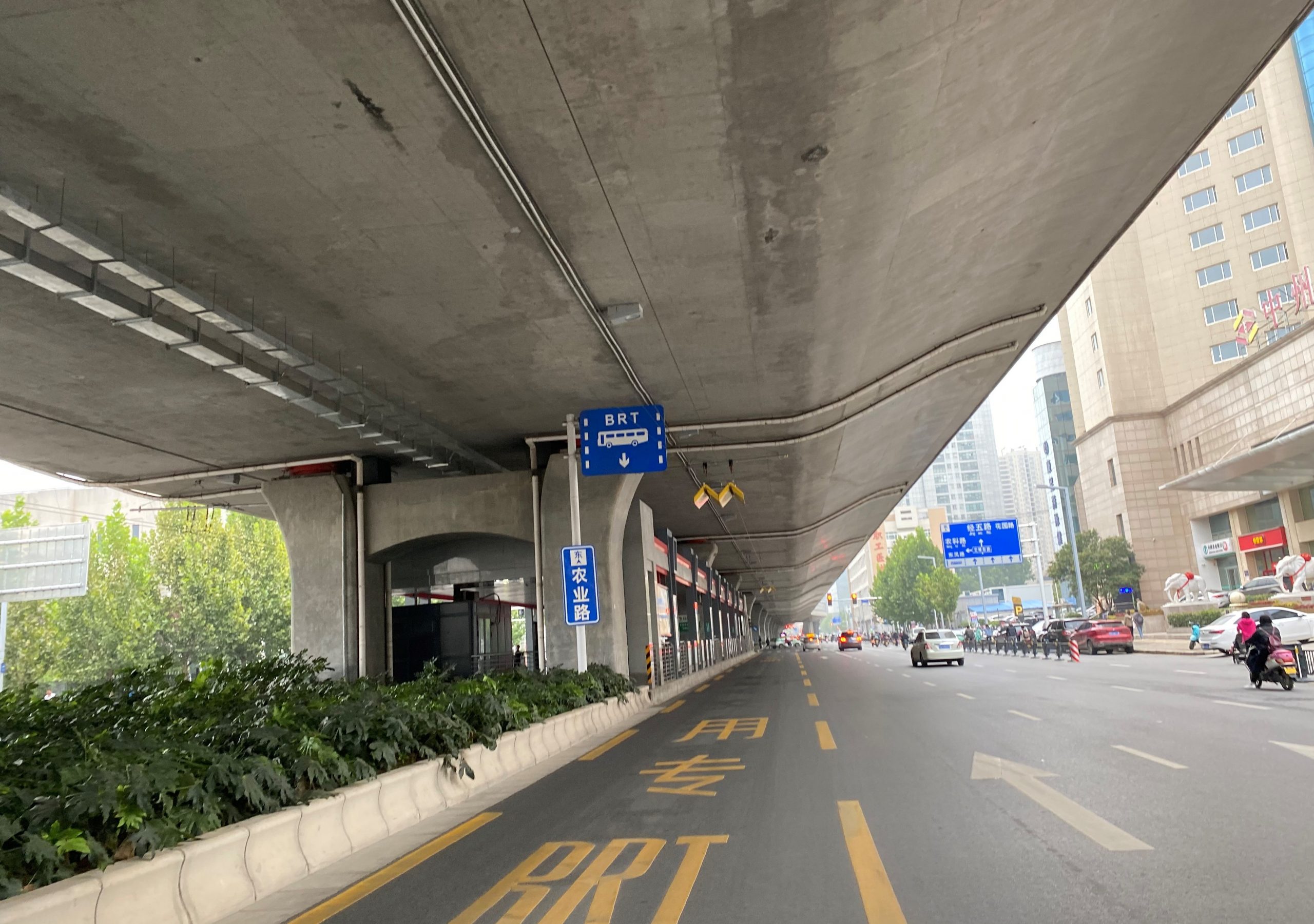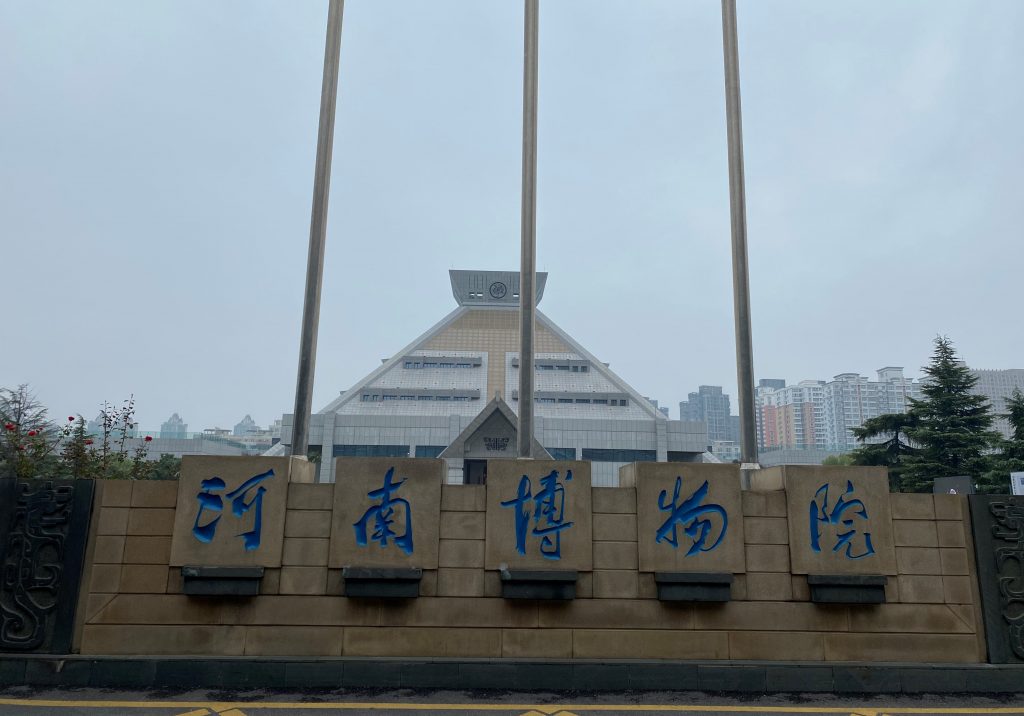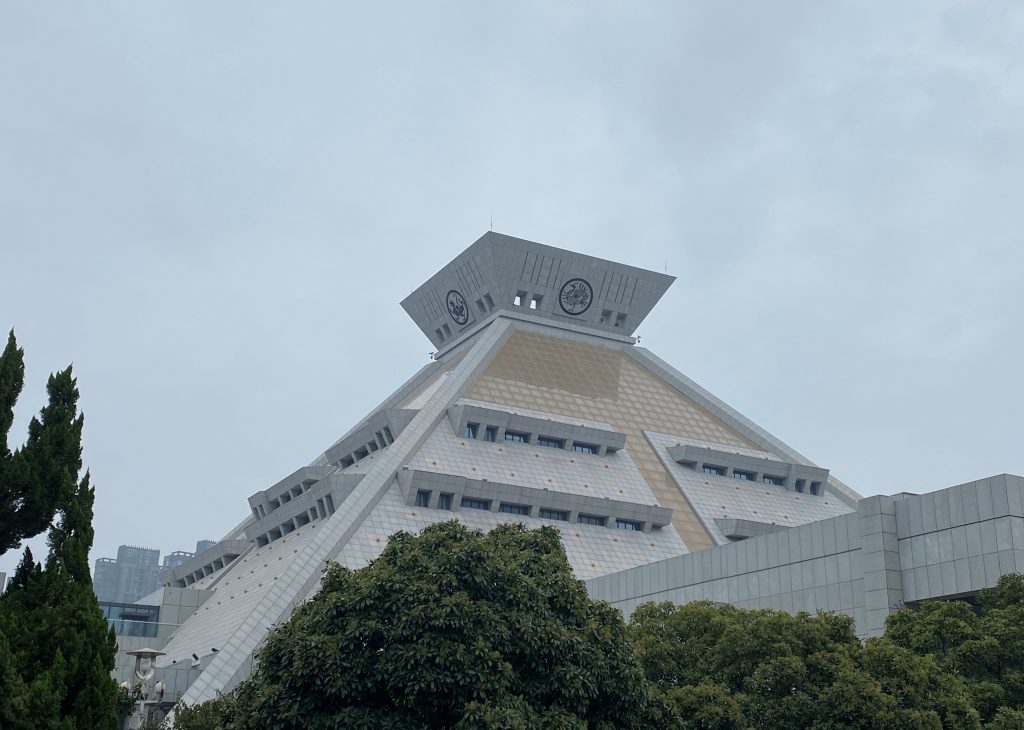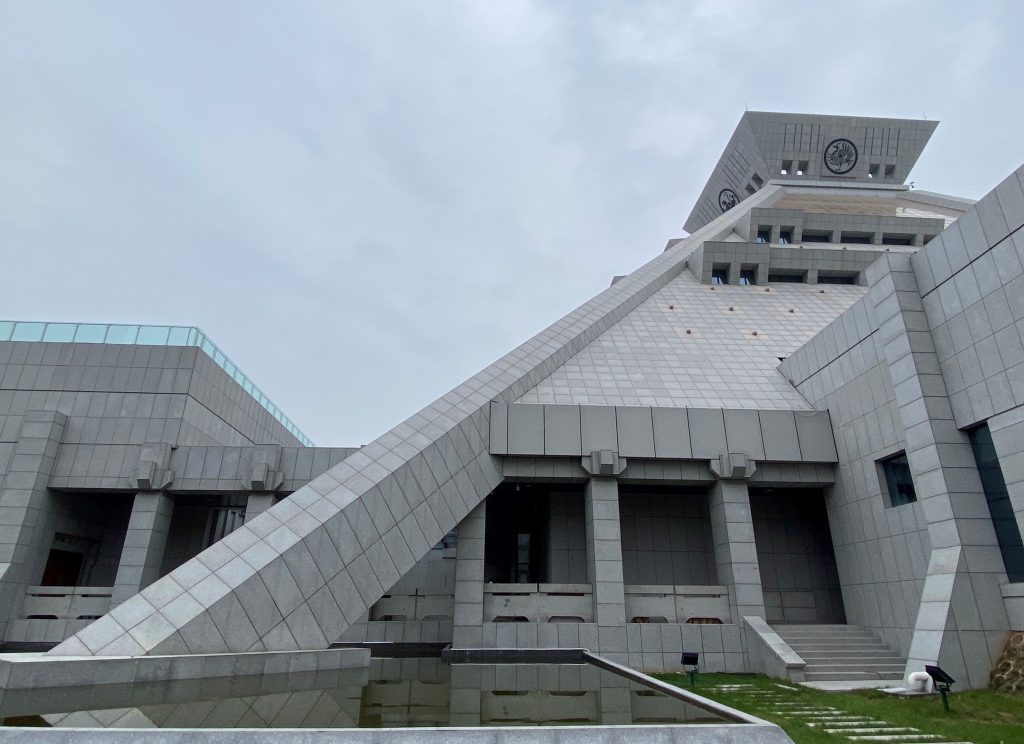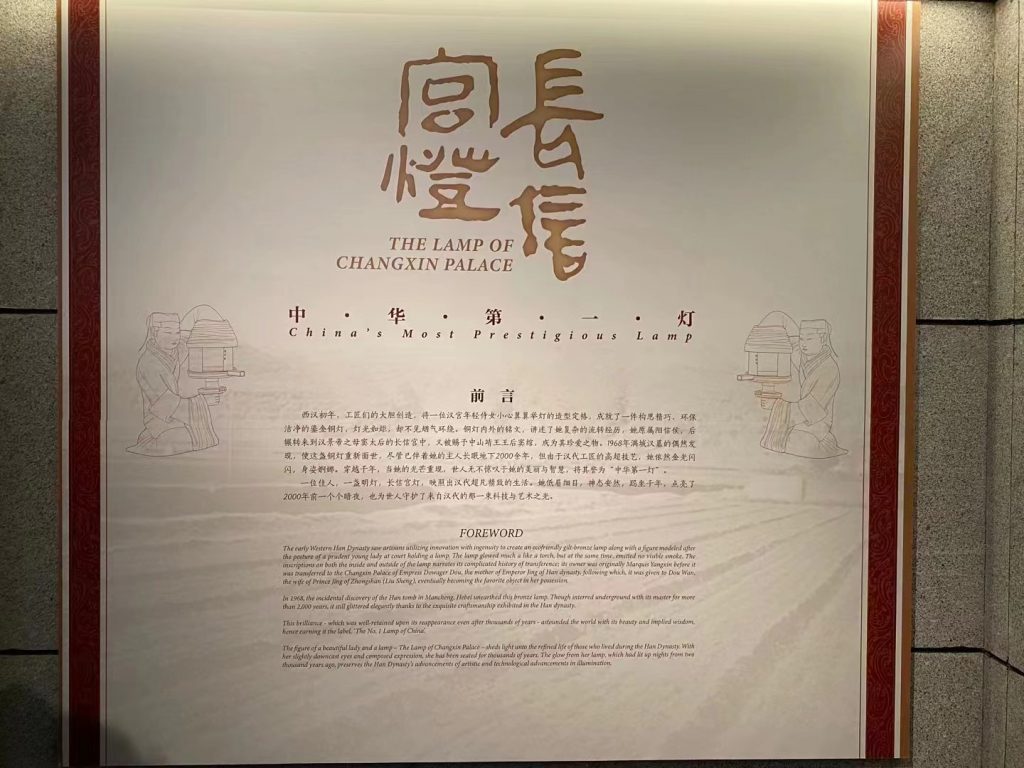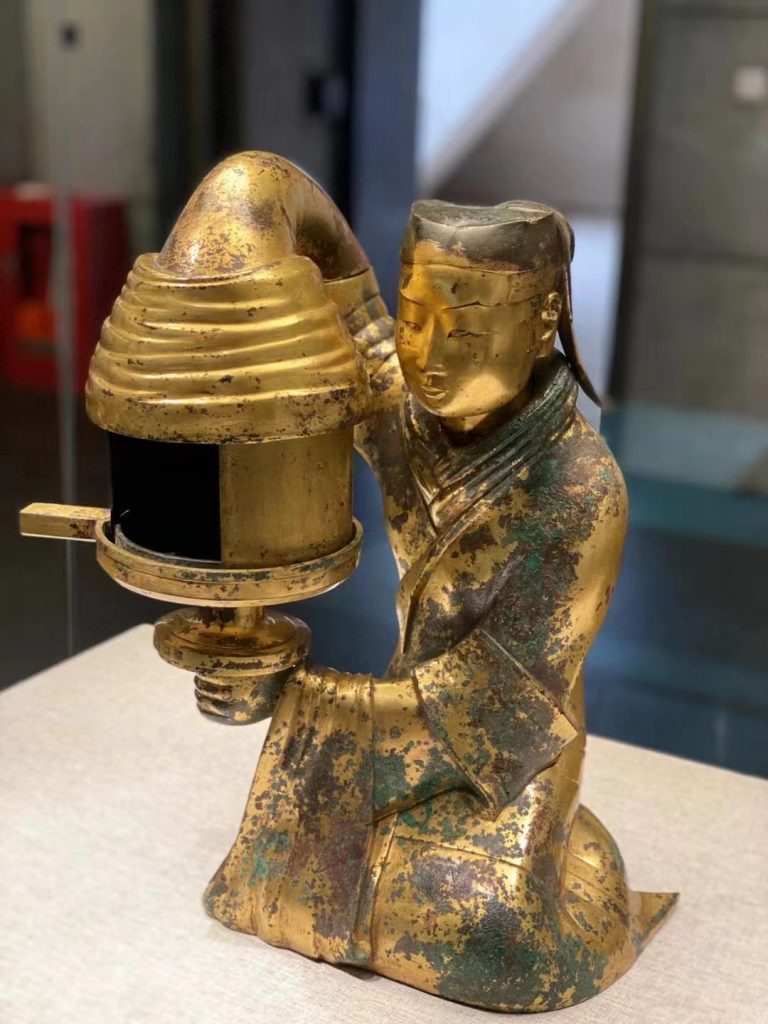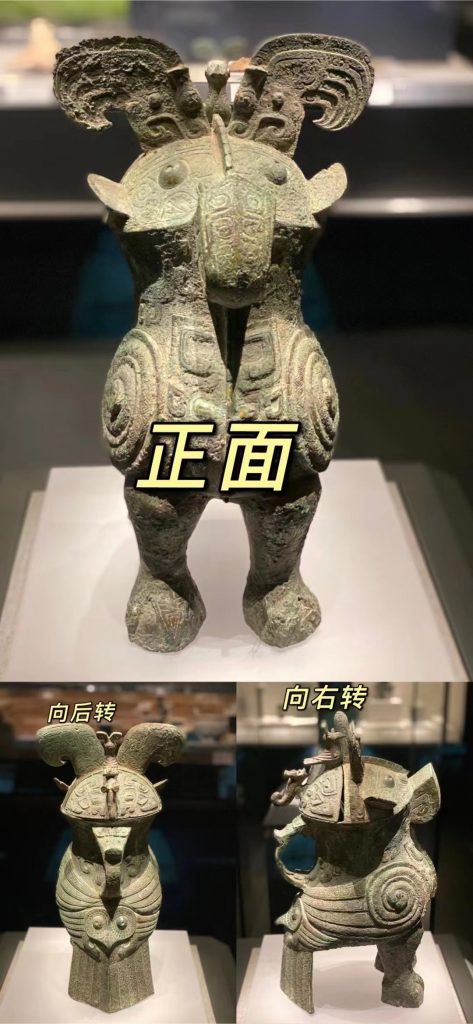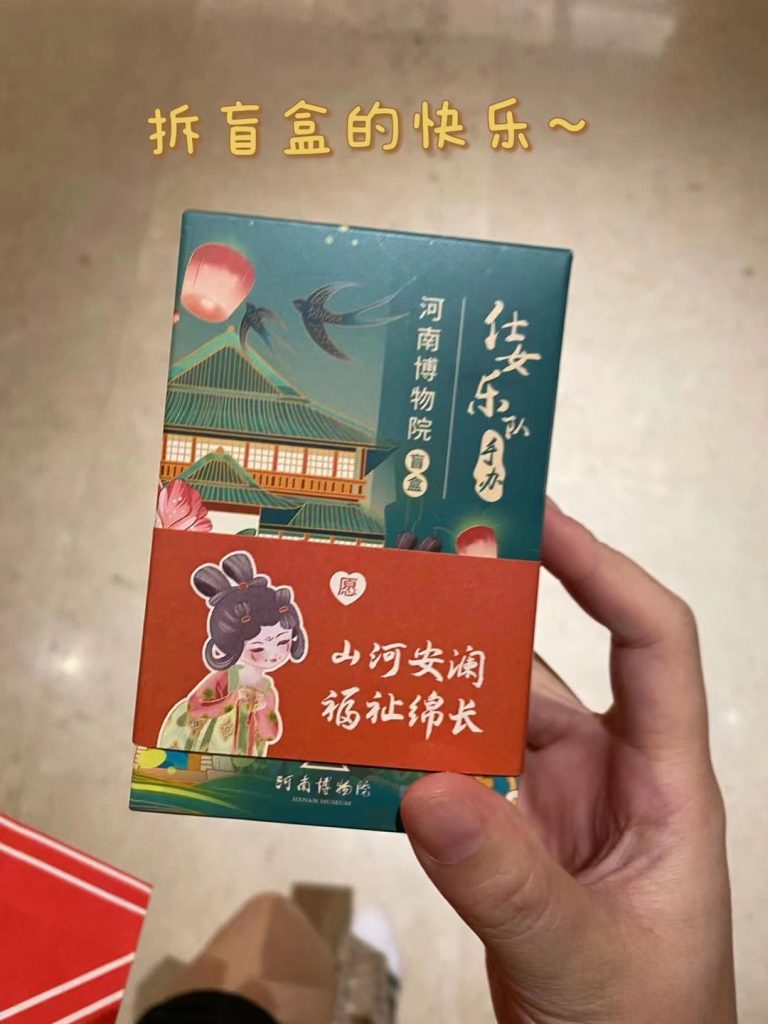联合国中文节快乐!(Liánhé Guó Zhōngwén jié kuàilè) Happy UN Chinese Language Day!
The Chinese language is one of the six official languages used in the United Nations and together with Arabic, English, French, Russian and Spanish, each of them is designated with a date to ‘celebrate multilingualism and cultural diversity as well as to promote equal use of all six official languages throughout the Organization’.
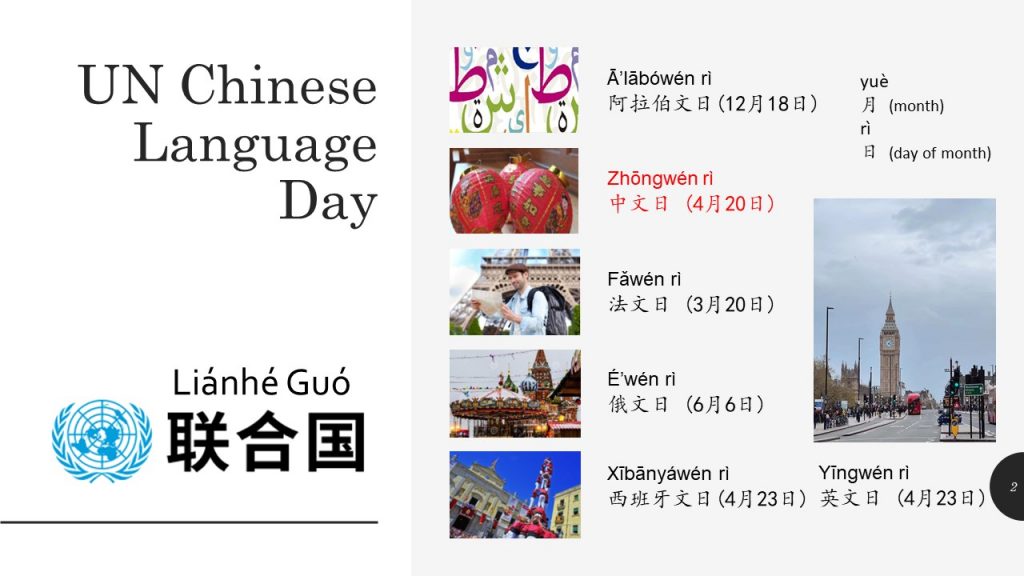
On Wednesday 13th April, just before the university’s Easter closure, The Language Centre organised a small-scale celebration with students – both Chinese and non-Chinese – at the McClay Library, Queen’s University Belfast. This is the first on-campus in-person Chinese event after a two-year-long isolation working from home.
Small but highly interactive with lots of fun, the cohort not only learned about the culture of this special day, but also explored a range of Chinese language resources and platforms in support of intercultural language learning both online and in physical settings.
The third semester language course enrolment remains open until Thursday 21st April. Check Mandarin Chinese course page for more details.

Call for participation –
- Event 1 – We would like to hear your interesting stories about experience of using Chinese language in an intercultural context. This can be a Chinese-speaking person helping their international friends or learners of Chinese with the language, in which a misunderstanding or miscommunication took place, or a learner of Chinese encountering various situations when Chinese language was used in a creative but funny way.
- Event 2 – Chinese and Irish Traditional Music – The Language of The Sound. We warmly welcome you, especially QUB students, to attend the student-led event at Queen’s on Saturday 28/05. Details and registration information will be published soon.
- Event 3 – We are inviting volunteers to contribute to the Duanwu Festival (Friday 03/06) celebration in a variety of ways. It can be a culture workshop, performance, demo, talent show, photo or short video of your cultural celebration etc., as long as they are interactive and engaging.
- Regular events – Chinese Culture Forum 2022. While we will do our best to arrange the sessions on topics or issues of potential interest, we are open to suggestions and proposals from you – whether you are a Queen’s staff member, or a student, or a visiting scholar, or a professional from the outside.
You are all welcome to contact us by filling the Reply box (background, proposed topic, ways of delivery, availability, etc.)


